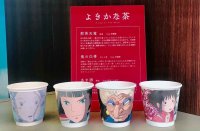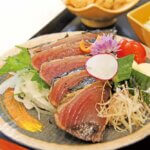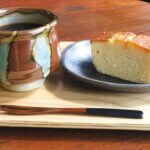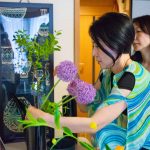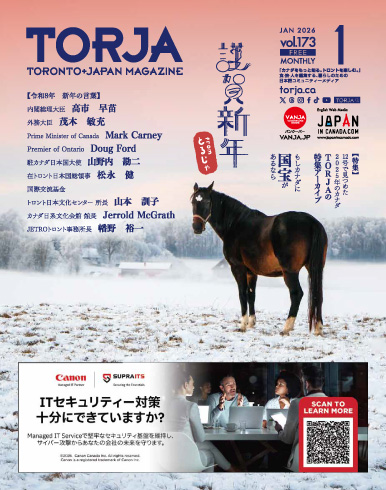The manga Golden Kamuy has it all: a treasure hunt, comedic relief, gripping action scenes, and beautiful art, and representation of Japan’s Indigenous people, Ainu.
This critically acclaimed manga which takes place in the late Meiji Era (1868-1912) has won numerous awards. It won the ninth Manga Taishō award in 2016. It was nominated for the 20th and 21st annual Tezuka Osamu Cultural Prize in 2016 and 2017 and won the 22nd in 2018 in the Grand Prize category. It was also nominated for the 40th Kodansha Manga Award in the general category, and for an Eisner Award for best US edition of an Asian comic. It was ranked second in the 2016 edition of the Kono Manga ga Sugoi! list for male readers. The British Museum in London used an image of the character Asirpa to promote its Manga exhibit, which ran from May 23 to August 26, 2019.
The story follows Saichi Sugimoto, an infamous veteran of the Russo-Japanese War who works as a miner in Hokkaido in order to provide for the widow of his dead comrade. He hears a dubious story about a hidden trove of Ainu gold, the location of which is hidden in the tattoos of a group of convicts who escaped from Abashiri Prison. When he discovers that the story is true, and that multiple other groups are in pursuit of the gold, he decides to search for it along with Asirpa, a young Ainu huntress. The two come together to hunt for the gold that was stolen from the Ainu people.
Both the Russo-Japanese War and Hokkaido are rarely seen in fictional settings, making Golden Kamuy unique both as a manga and as historical fiction. It also manages to shed light on one of Japan’s indigenous cultures.
Ainu, who are indigenous to Hokkaido, was forcibly assimilated by the Japanese government and are still targets of prejudice and discrimination today. There are very few representations of the Ainu in the popular media, and the few that do, often depict them as outsiders or as a fading culture.
However, the author’s portrayal differs. Through Asirpa, the young Ainu huntress, the author implements detailed descriptions of Ainu culture, including hunting, food, architecture, costumes, faith and rituals, all of which are supported by thorough in depths research, which began a year before the publication of the series. His collaboration with Hiroshi Nakagawa who is a professor of the Ainu language at Chiba University, helps to accurately present the Ainu as he councils Noda on the language spoken in the manga.
Though rigorous research done to ensure an accurate representation, Noda answered in an interview with Asahi Shimbun, that he cautioned against the dangers of over-romanticizing the people of Ainu. When depicting indigenous groups or members of a minority in general, quite often authors tend to describe them as innocent or honorable, over-simplifying the characters. But over-reliance on these stereotypes can easily come off as shallow characterization. In Golden Kamuy, just as there are Ainu characters who are honorable warriors, there are also characters who are sly and deceitful.
With the increasing recognition of the manga, the Ainu culture has also been garnering public interest. Ainu Kotan which is an Ainu village at Lake Akan in Hokkaido, is a tourist location allowing people to shop for souvenirs and sample Ainu cuisine. In recent years, the village has seen a rise in the number of visitors, especially in younger generations, who are fans of the manga.
This manga series has been serialized into 16 volumes to date, and it has also been adapted into a TV anime series, which finished its second season in December 2018.


